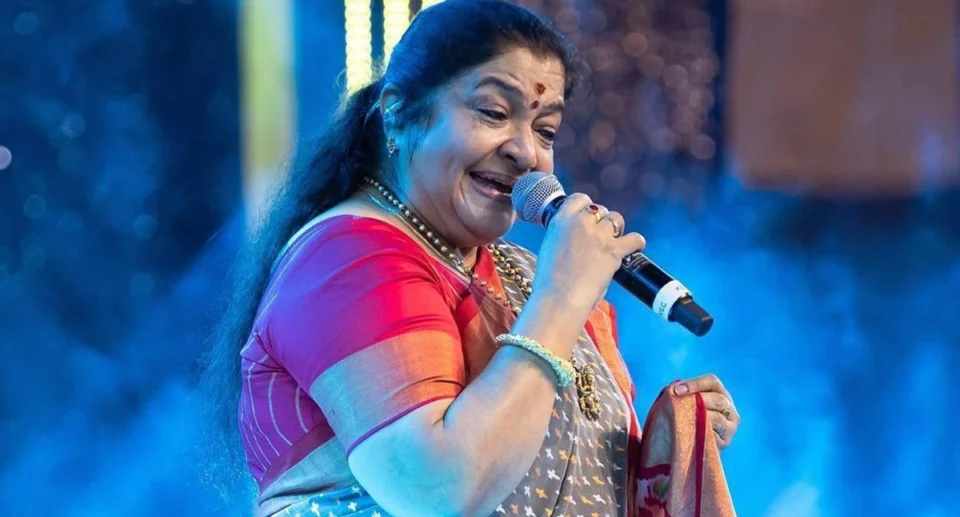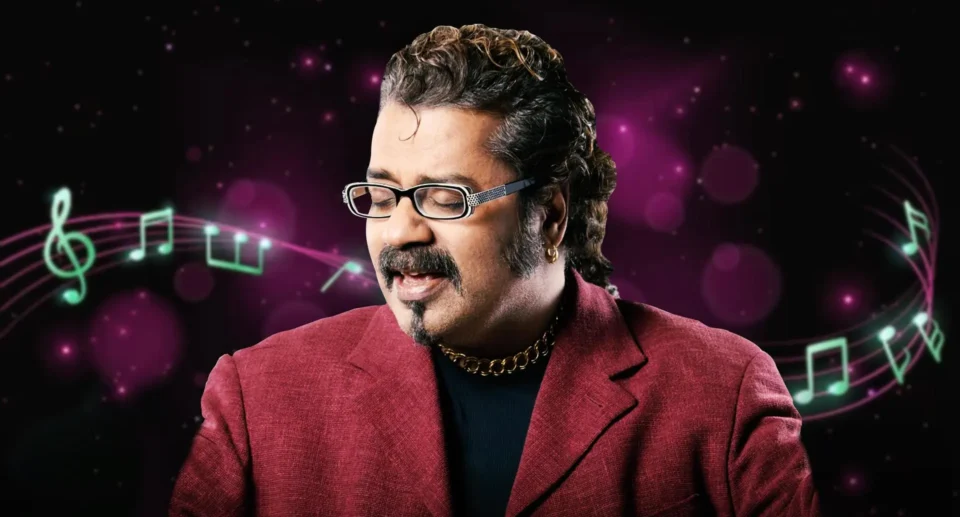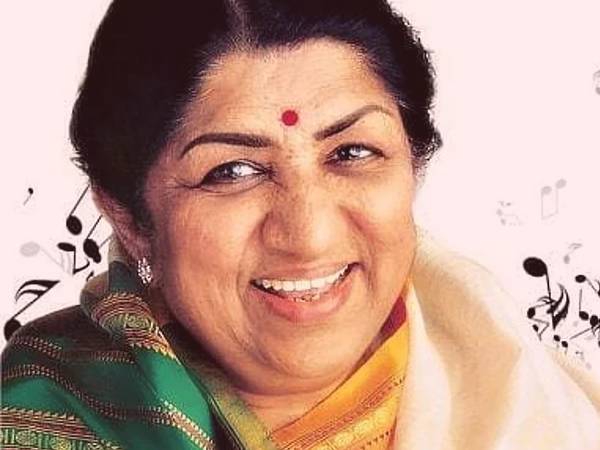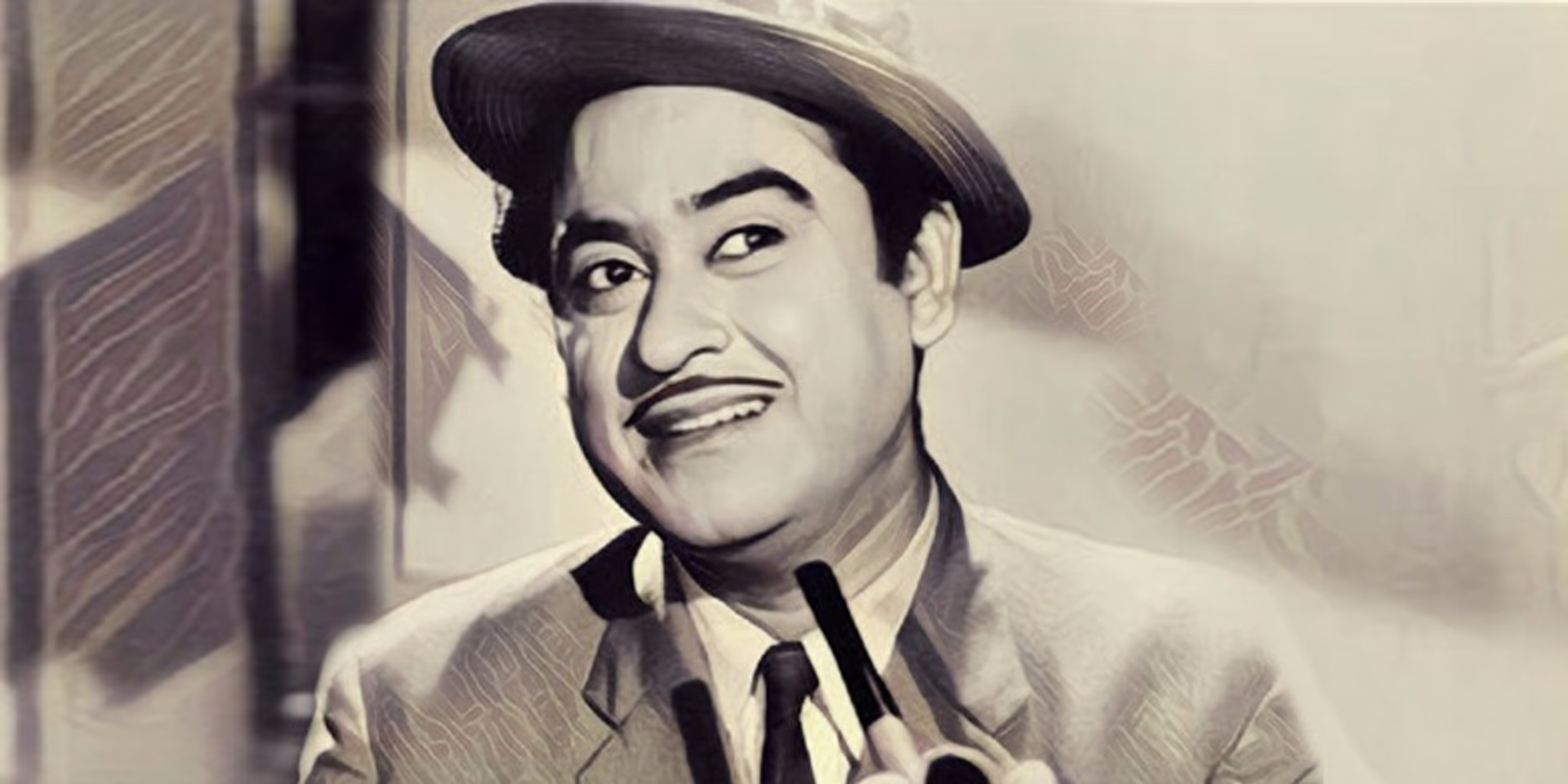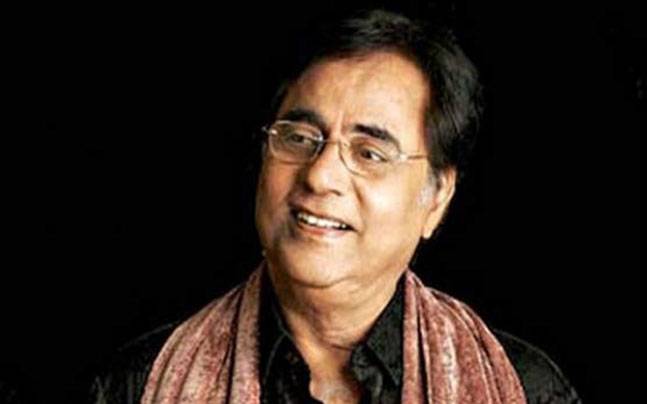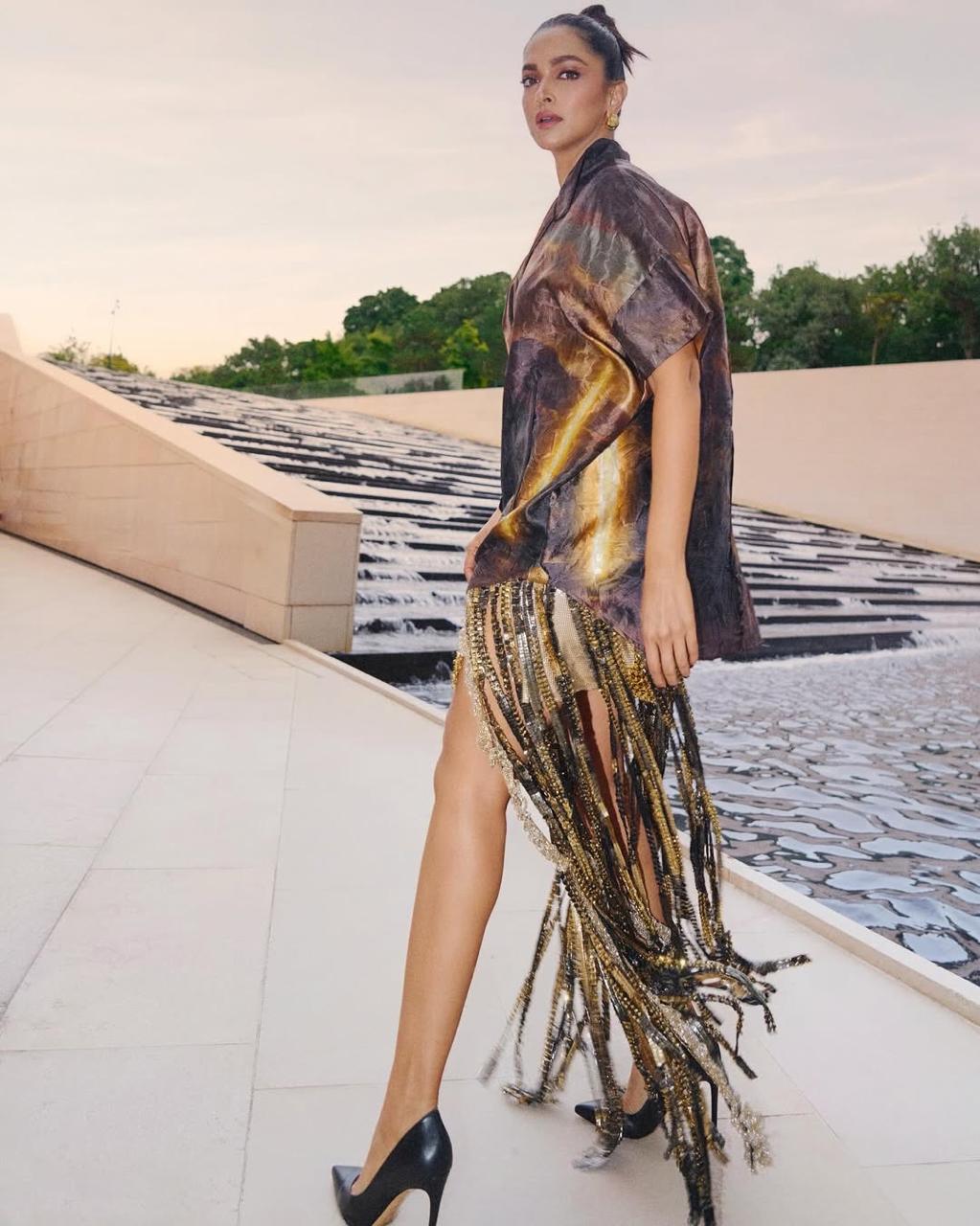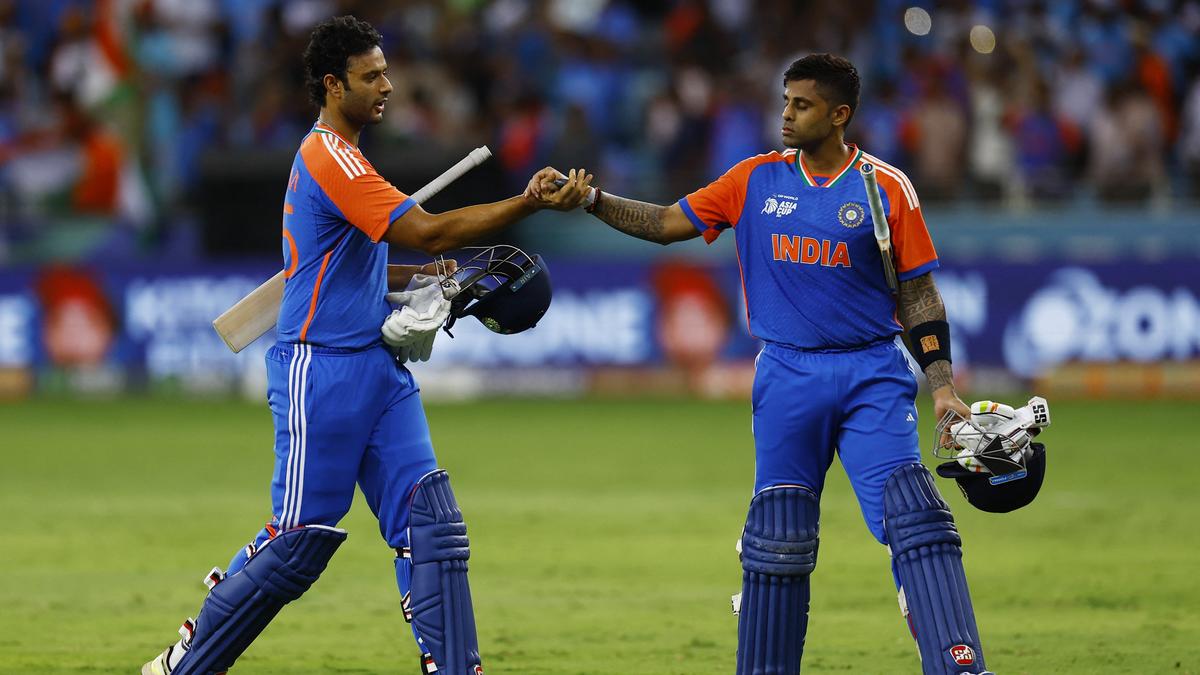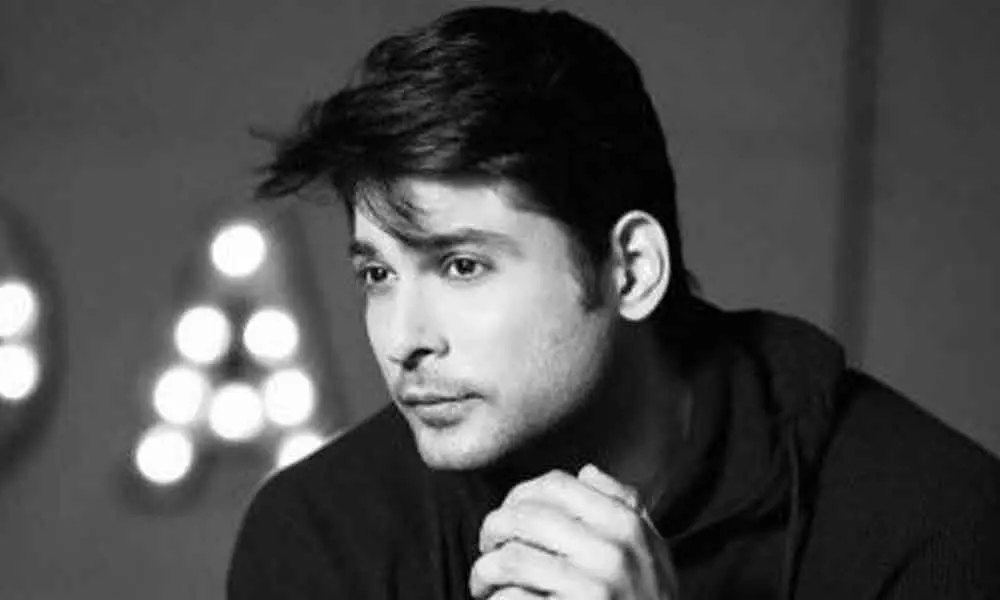Manna Dey Biography: Life Story, Career, Family, Songs & Achievements
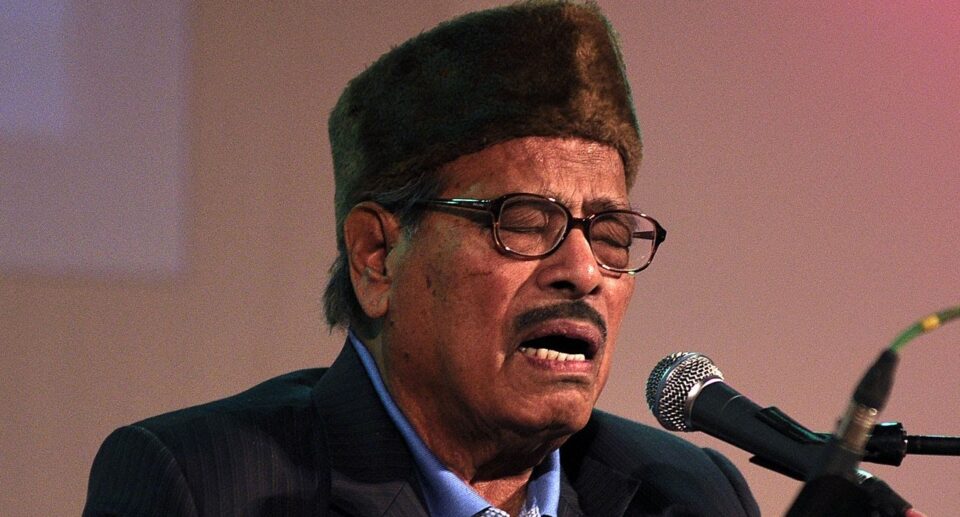
Introduction
Manna Dey was a legendary Indian playback singer, music director, and classical vocalist, admired for his exceptional versatility and command over both classical and light music. Known for timeless songs like Ae Meri Zohra Jabeen, Aye Mere Pyare Watan, Laga Chunari Mein Daag, and Yeh Raat Bheegi Bheegi, he remains one of the greatest voices in Indian cinema. With a career spanning over six decades and thousands of songs across multiple languages, Manna Dey carved a permanent place in the history of Indian music.
Personal Information
- Full Name: Prabodh Chandra Dey (popularly known as Manna Dey)
- Date of Birth: 1 May 1919
- Birthplace: Calcutta (now Kolkata), West Bengal, India
- Date of Death: 24 October 2013 (aged 94)
- Nationality: Indian
- Occupation: Playback Singer, Music Director
- Zodiac Sign: Taurus
- Parents: Purna Chandra Dey (father), Mahamaya Dey (mother)
- Spouse: Sulochana Kumaran (married 1953–2012)
- Children: Shuroma Dey, Sumita Dey
Physical Appearance
- Height: 5 feet 8 inches (173 cm)
- Weight: Approx. 70 kg
- Hair Color: Black (later grey)
- Eye Color: Dark Brown
Early Life & Family Background
Manna Dey was born into a Bengali family in Kolkata. He studied at Scottish Church Collegiate School and later at Scottish Church College. His uncle, Krishnachandra Dey (K. C. Dey), a famous music director and singer, was his first mentor.
Manna Dey trained in Indian classical music under Ustad Dabir Khan and Ustad Aman Ali Khan. This classical foundation would later become the hallmark of his playback singing career.
Musical Journey & Career Highlights
Debut in Bollywood
Manna Dey began his playback career in 1942 with the film Tamanna, singing a duet with Suraiya under the music direction of K. C. Dey.
Rise to Fame
His versatility allowed him to sing romantic ballads, classical-based songs, qawwalis, patriotic numbers, and duets with equal mastery.
Iconic Bollywood Songs
- Ae Meri Zohra Jabeen (Waqt, 1965)
- Aye Mere Pyare Watan (Kabuliwala, 1961)
- Laga Chunari Mein Daag (Dil Hi To Hai, 1963)
- Pyaar Hua Iqraar Hua (Shree 420, 1955, duet with Lata Mangeshkar)
- Yeh Raat Bheegi Bheegi (Chori Chori, 1956, duet with Lata Mangeshkar)
- Ek Chatur Naar (Padosan, 1968, with Kishore Kumar and Mehmood)
Regional Cinema & Non-Film Work
Manna Dey sang extensively in Bengali, Marathi, Gujarati, Malayalam, Kannada, and Assamese films. He also recorded bhajans, classical pieces, and ghazals, becoming a household name across India.
Collaborations
He worked with legendary composers like Shankar–Jaikishan, S. D. Burman, R. D. Burman, Naushad, Madan Mohan, and Salil Chowdhury, and sang duets with stalwarts such as Lata Mangeshkar, Asha Bhosle, Kishore Kumar, and Mohammed Rafi.
Awards & Achievements
- Padma Shri (1971)
- Padma Bhushan (2005) – India’s third-highest civilian honor.
- Dadasaheb Phalke Award (2007) – India’s highest award in cinema.
- National Film Awards for playback singing.
- Recipient of multiple Filmfare Awards and state honors.
Personal Life
Manna Dey married Sulochana Kumaran, a Malayali woman, in 1953. They had two daughters, Shuroma and Sumita. After his wife’s passing in 2012, he spent his last years in Bangalore, where he passed away in 2013.
Legacy & Influence
Manna Dey is remembered as one of the finest playback singers in Indian history, with unmatched versatility. His ability to sing classical ragas as effortlessly as romantic duets or qawwalis set him apart. For decades, he was the voice behind some of Bollywood’s most meaningful songs, and his influence continues to inspire aspiring singers and musicians worldwide.
FAQs
1. What was Manna Dey’s debut song?
His debut was in Tamanna (1942), with a duet alongside Suraiya.
2. Which is Manna Dey’s most famous song?
Ae Meri Zohra Jabeen and Aye Mere Pyare Watan are among his most iconic songs.
3. Did Manna Dey receive the Dadasaheb Phalke Award?
Yes, in 2007.
4. Was Manna Dey trained in classical music?
Yes, under Ustad Aman Ali Khan and Ustad Dabir Khan.
5. In which languages did Manna Dey sing?
He sang in over a dozen languages including Hindi, Bengali, Marathi, Kannada, Gujarati, and Malayalam.
